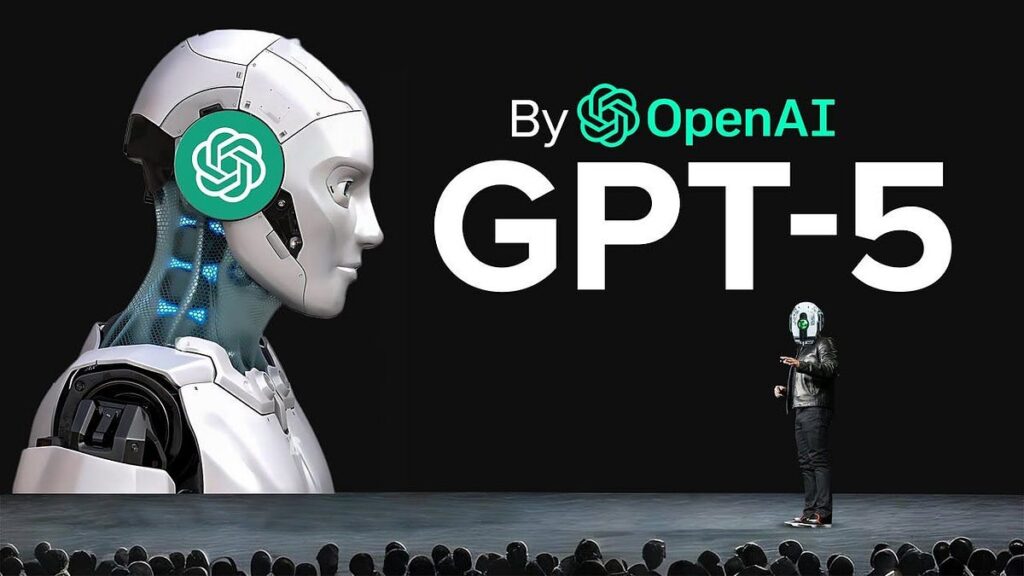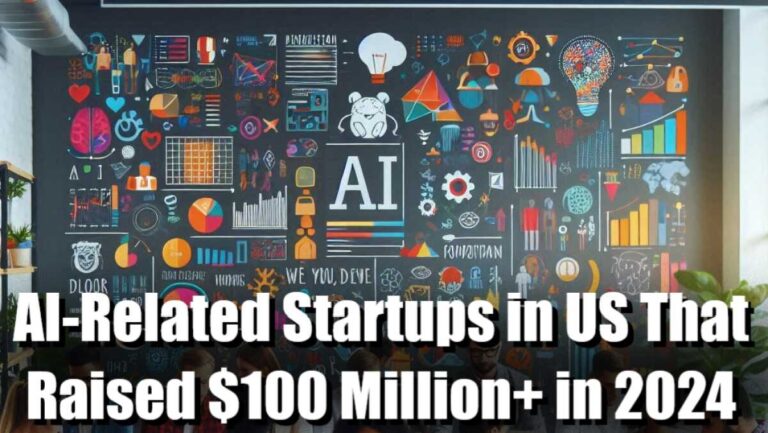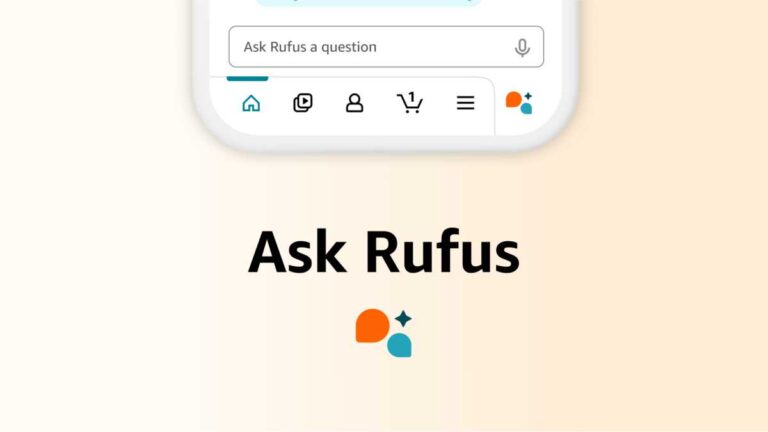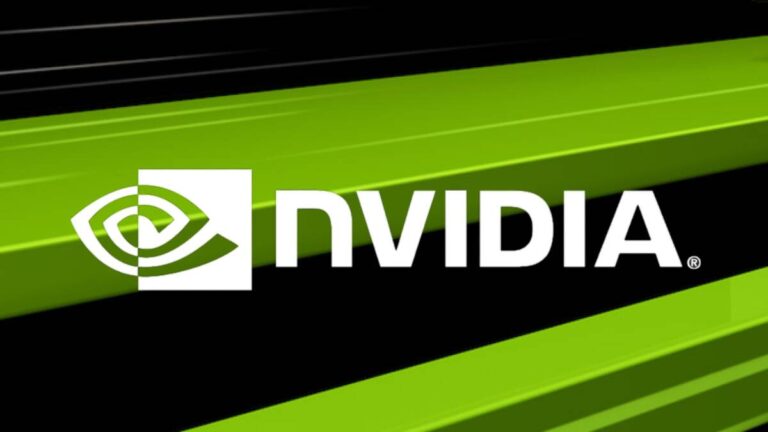OpenAI to Merge Multiple ChatGPT Models into GPT-5
OpenAI’s next big release—GPT-5—will unify multiple ChatGPT models under one name, making it easier to use and more powerful across all tasks.

Summary
- OpenAI confirms GPT-5 will merge current models into one smarter system.
- Codex and Operator tools are part of the shift to unified AI agents.
- No more confusing model names like GPT-4o or codex-1 for users to pick from.
What Is Changing with ChatGPT Models?
OpenAI has officially revealed that the future of ChatGPT models lies in a single, more capable model: GPT-5. This next-generation model is being built to replace the need for users to switch between different versions like GPT-4, GPT-4o, or Codex-1. It will combine the strengths of all current models and deliver even better performance.
Why Merge Models into GPT-5?
During a Reddit AMA with OpenAI’s Codex team, VP Jerry Tworek confirmed that GPT-5 will “make everything our models can currently do better and with less model switching.” This simplification means you won’t have to choose between Codex for code or GPT-4 for reasoning—GPT-5 will do it all.
OpenAI wants to shift user experience from choosing between model names to accessing AI by function. For instance, you’ll just interact with a “developer agent” instead of worrying about whether it’s powered by Codex-1 or Codex-mini.
What Happens to Codex and Operator?
The Codex AI coding assistant and Operator, a system control agent, are also being merged into the GPT-5 umbrella. OpenAI engineers shared that the long-term goal is to make all these tools feel like “one thing” that users can rely on to generate code, run tasks, and even manage files and projects across platforms.
Codex already runs in isolated cloud containers, capable of executing tasks for up to an hour. Future updates will support seamless integration into CI pipelines and project management systems.
What Makes GPT-5 Different?
- Unified access to all capabilities—no more picking models like GPT-4 or Codex-1
- Stronger reasoning and multitasking across tasks
- Smarter agent behavior with code generation, testing, and validation
- Performance improvements over all existing ChatGPT models
When Will GPT-5 Be Released?
OpenAI hasn’t confirmed a specific launch date, but internal changes and interface updates are expected soon. GPT-5 will replace model suffixes like “GPT-4o” and “codex-1” with streamlined functionality under a single system identity. As development progresses, expect to see new product tiers and pricing options, especially for developers and enterprise users.
 Pros
Pros
- One model for everything—simpler and easier to use
- Better performance in coding, reasoning, and multitasking
- Codex and Operator tools now work together as smart agents
 Cons
Cons
- No exact timeline for GPT-5 launch yet
- Advanced features may be limited to Pro or Enterprise plans
Final Verdict
OpenAI’s move to combine ChatGPT models into GPT-5 is a smart step forward. It removes confusion, enhances features, and introduces a unified AI experience. Whether you’re coding, researching, or managing systems, GPT-5 aims to do it all—better and faster—without making users worry about which model to use. With Codex and Operator joining forces, OpenAI is paving the way for smarter agents and seamless tools in the next phase of AI evolution.
FAQs
Q: What is GPT-5?
A: GPT-5 is OpenAI’s next foundational model that merges the capabilities of current ChatGPT models, Codex, and more into a single, powerful agent.
Q: Will GPT-5 replace all existing ChatGPT models?
A: Yes, GPT-5 will unify models like GPT-4, GPT-4o, Codex-1, and others into a single model with simplified access and better performance.
Q: When is GPT-5 coming out?
A: OpenAI has not given a confirmed release date, but internal transitions and early feature changes are already underway.






